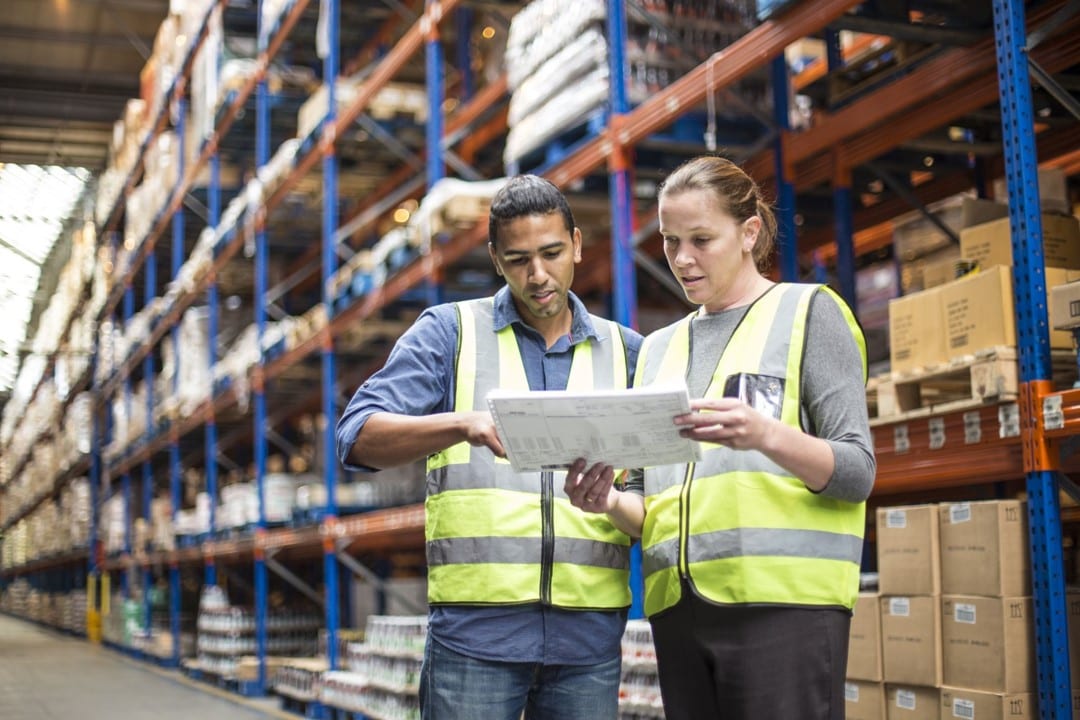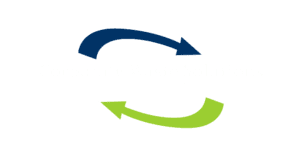Our Process
Each of our customers come with unique sustainability challenges, goals, and waste streams. Our integrated solid waste management plans embrace this individuality, by designing programs that fit your company’s specific needs and values. Our approach begins by analyzing the various waste streams generated, determining how those waste streams are handled and moved throughout the facility, as well as uncovering the associated human behaviors. This approach enables us to create a strategy for our clients to implement operational efficiencies or “Best Practices” at each facility and modify human behavior to drive “Culture Change” which is the key to long-term success.
Our approach consists of a four-stage process:


1. Assess
The initial stage is the assessment stage where we conduct initial interviews and site visits, gather data, and start creating a baseline of the facilities’ waste and recycling program.
During this phase of the process we:
- Define needs, limitations, and goals
- Review contracts
- Review invoices
- Assess internal equipment used
- Assess external equipment used
- Assess service levels
- Conduct a facility walk-through
- Observe and note behaviors
- Perform a Waste Stream Audit
- Establish a baseline
2. Plan & Design
After the assessment stage is complete, a baseline is established and an attainable goal is determined. Recommendations and process changes are discussed with the client to outline how to move forward to accomplish the goal. Once the recommendations are discussed and approved by the client, we begin our planning and design stage.
This stage includes:
- Developing and managing RFPs for services
Right-sizing equipment
Adjusting service levels
Ordering additional equipment (if needed)
Developing new processes and procedures
Changing purchasing options when possible
Developing education plan and tools


3. Implement
The planning and design and implementation stages often overlap depending on what changes need to take place, the complexities of those changes, timelines, and what the client is able to implement without significant delay.
The implementation stage includes:
- Setting up reporting
- Setting up tasks, checks & balances
- Coordinating services
- Delivering and installing equipment
- Defining service levels
- Educating staff and related contractors
4. Monitor
The final stage, following program implementation, is the monitoring and maintenance stage. During this stage we are monitoring how the implementation of changes is working, making adjustments where needed, reviewing invoices and weight tickets, and further altering service levels if required.
This stage includes tasks such as:
- Continually monitoring progress
- Reviewing invoices
- Reviewing weight tickets and other reports
- Conducting additional site visits
- Making adjustments to processes and/or service levels
- Coordinating & implementing additional programs
- Providing ongoing training and awareness
After the implementation of any new changes takes place and enough time has passed to see that those changes are successful, we start considering the next opportunity for improvement and start the process again at the planning and design phase. Using this process will allow us to make significant advances in the reduction of waste and costs generated at each facility site.

